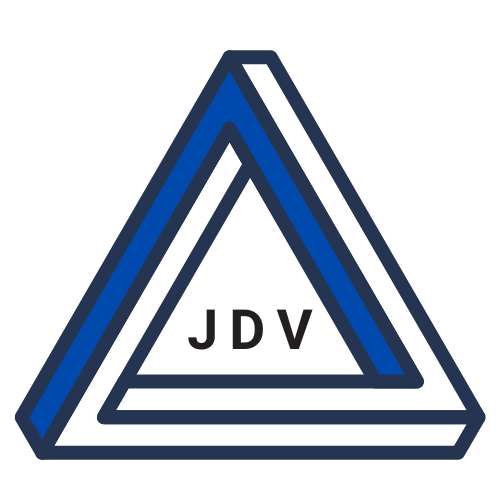Bridging the Insurtech Communications Gap
I was recently talking with an Insurtech founder in the AI space who has a really interesting offering in the document space, and I realized I was translating tech into insurance and back in my head as we talked. He was talking about detailed capabilities the software provided, finding the right use cases to interest the business users in insurance, and then evolving the right user stories to take to customers for POCs, which was fine. I was thinking about market positioning and niches, business process lifecycles, regulatory and compliance needs, and enterprise architectures capability gaps. It was a classic example of product marketing/product management collaboration in real time, and we had a good high-level discussion.
This was helpful to me as I am updating my Go-To-Market framework for Johnston Digital Ventures (blatant plug) to work with companies from Seed stage up to pre-IPO and beyond.
Two things stood out to me:
One size does not fit all. The framework for Seed stage companies is more like guard rails because they will be pivoting a lot as they do early POCs and refine their value proposition. They do need guard rails because early-stage companies pivoting need to pivot with mindfulness, keeping in mind it's easy to focus on early customers stated needs and not the product offering you will bring to market and end up creating custom software. Remember custom software shops do not have the multiple you can achieve for SaaS software fit for general market use.
Later stage companies have different Go-To-Market issues built upon that defined value prop that comes from the Seed stage, focusing on growth, scalability and ultimately profitability.
Clear relevant messaging wins the day. At any stage, defining and refining the product/market fit is an ongoing process because product capabilities expand, and market need evolves more quickly than ever. When I first joined Oracle, I spent a lot of time working on messaging and use cases that clearly get from market needs to how our many capabilities could help. "Insurance is fast changing with lots of partners, so you need middleware" seems reasonable but is not the compelling story you need to sell critical business systems. Building the causal chain between the impact of new legislation on business or rising combined ratios and how your system directly influences it requires a well-defined and credible chain of logic to fuel your story. And once you have it, all your downstream messaging and planning becomes both easier and more consistent.
Bottom Line: Getting a clear and compelling message out to your market is always a challenge, especially if you have a vague direction and you haven't built your compelling story.

